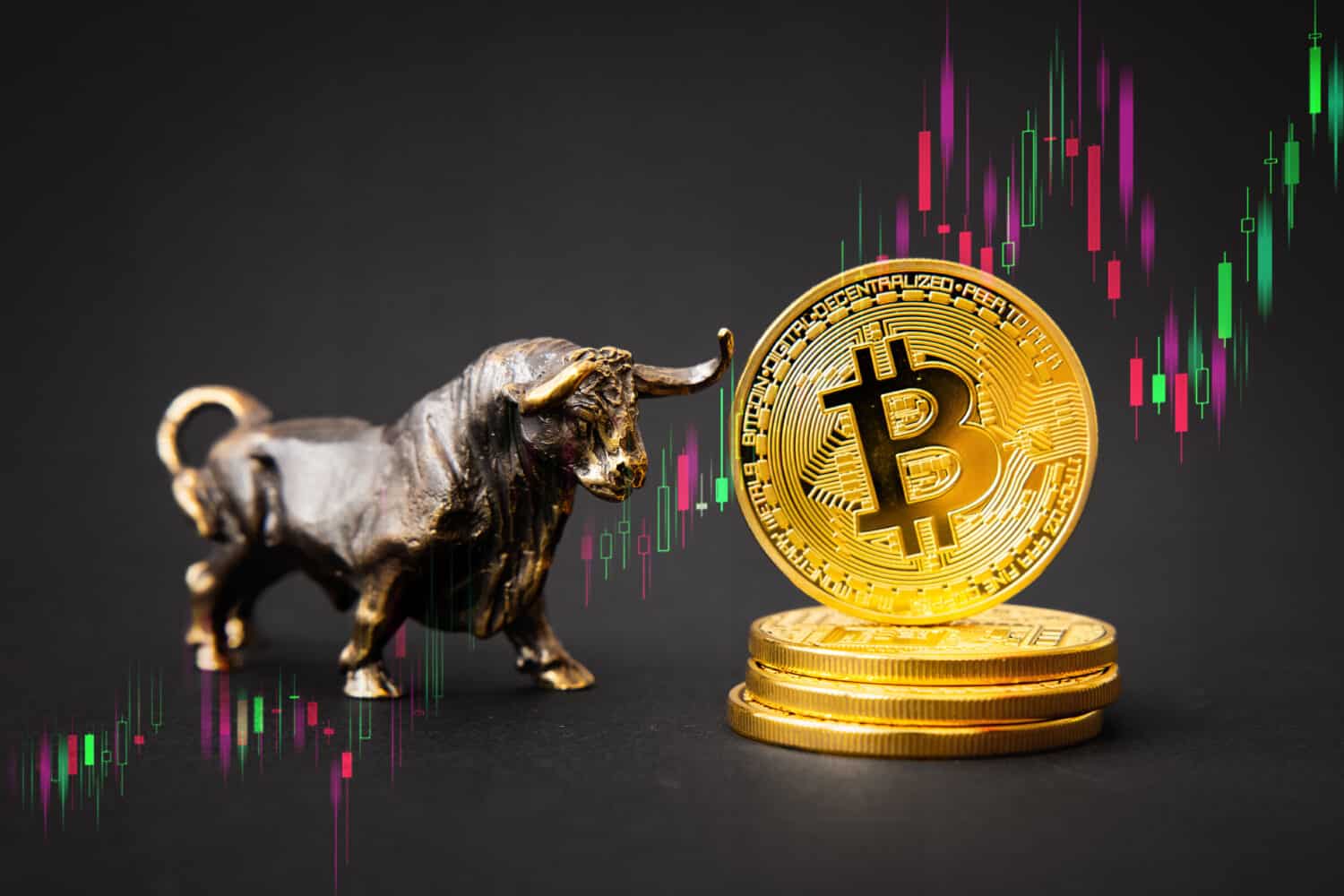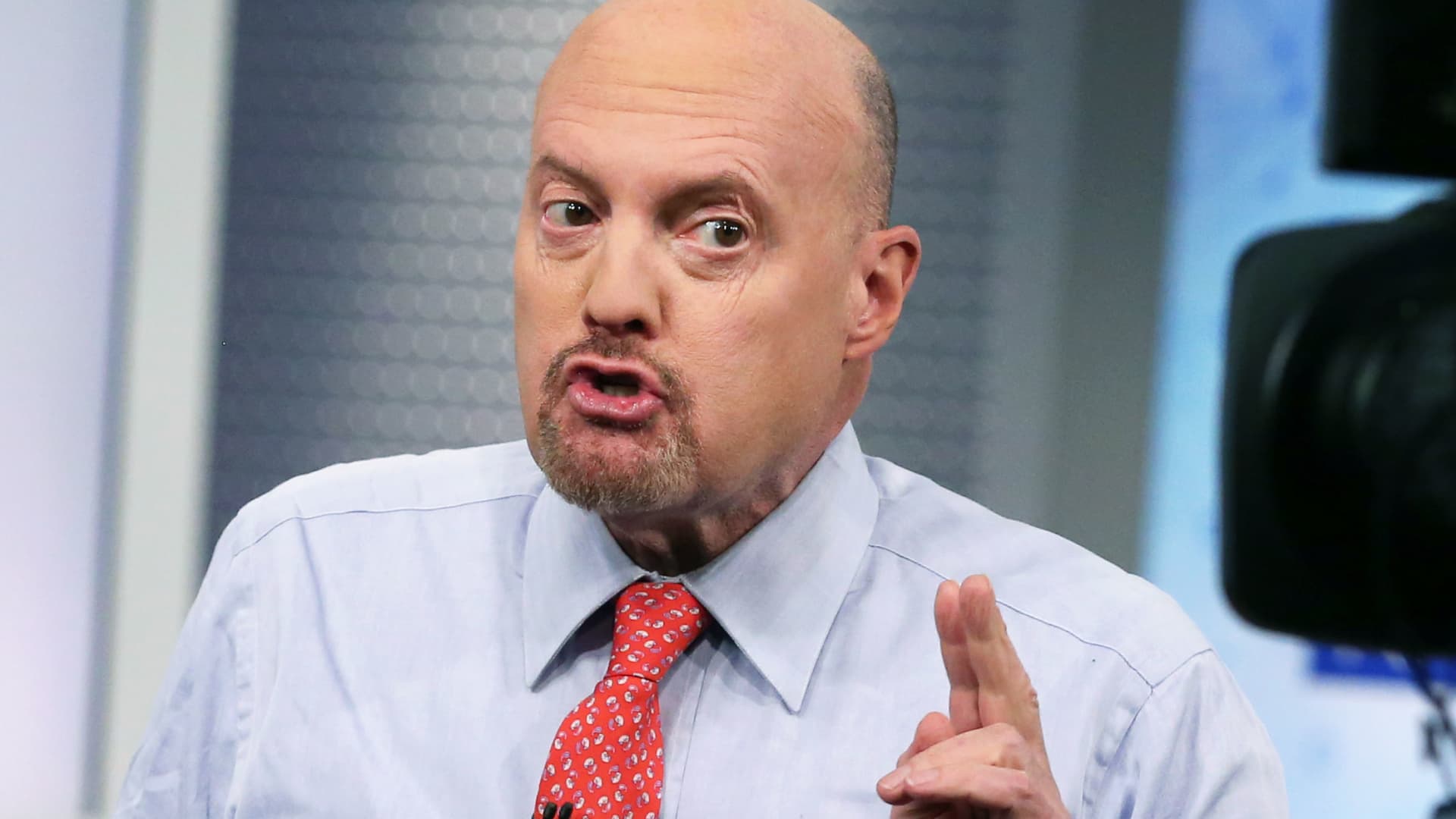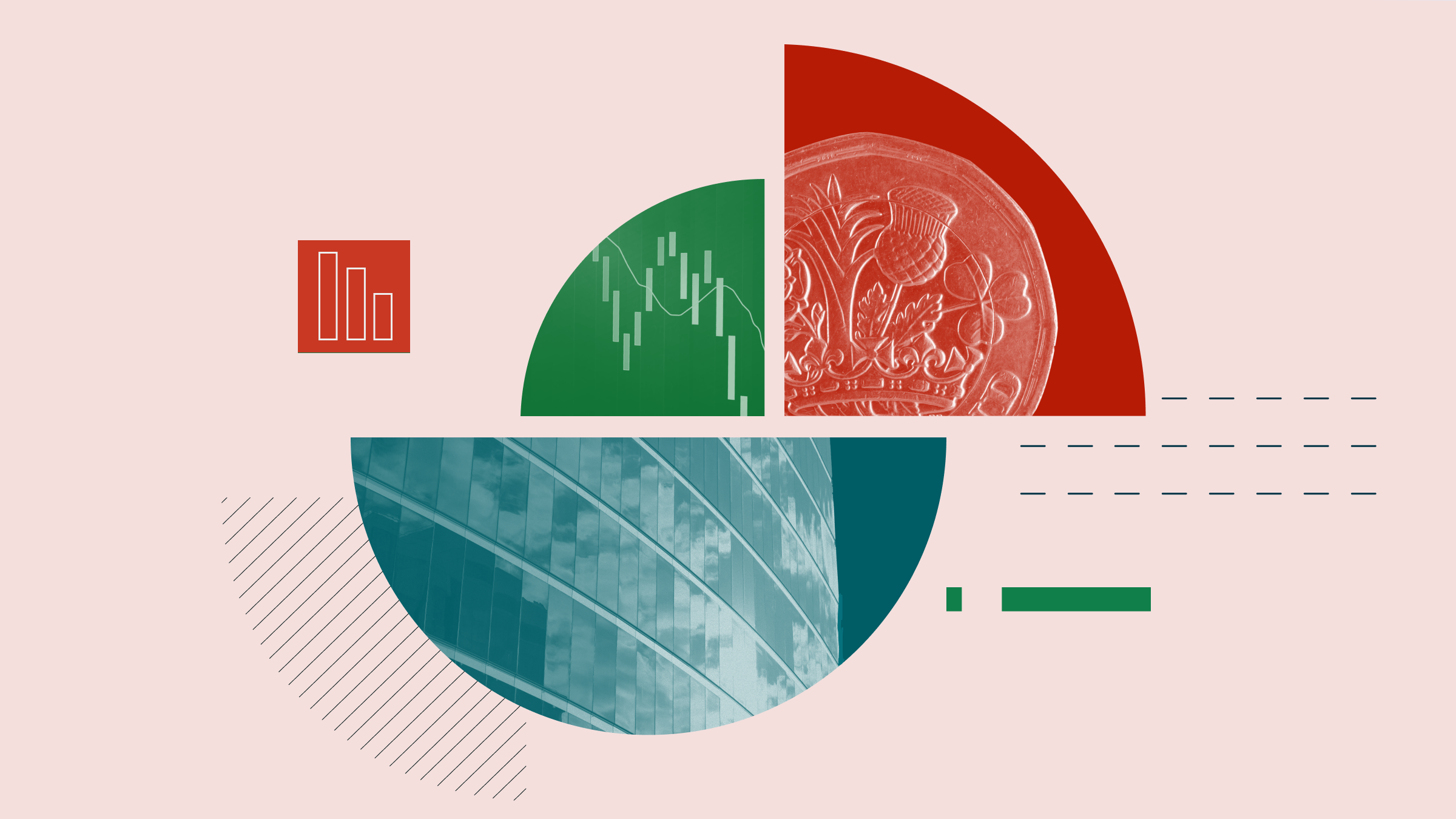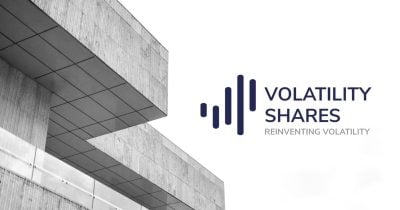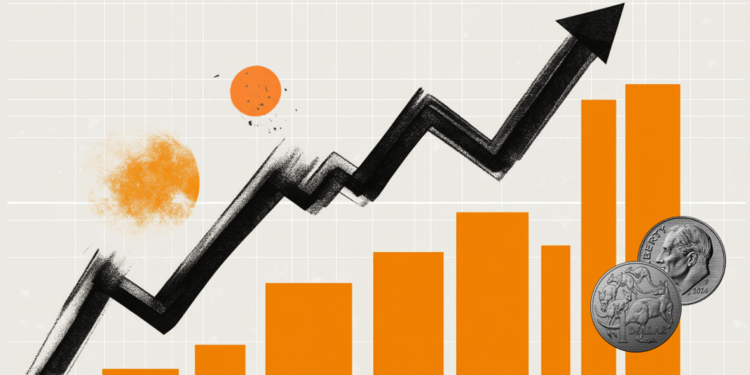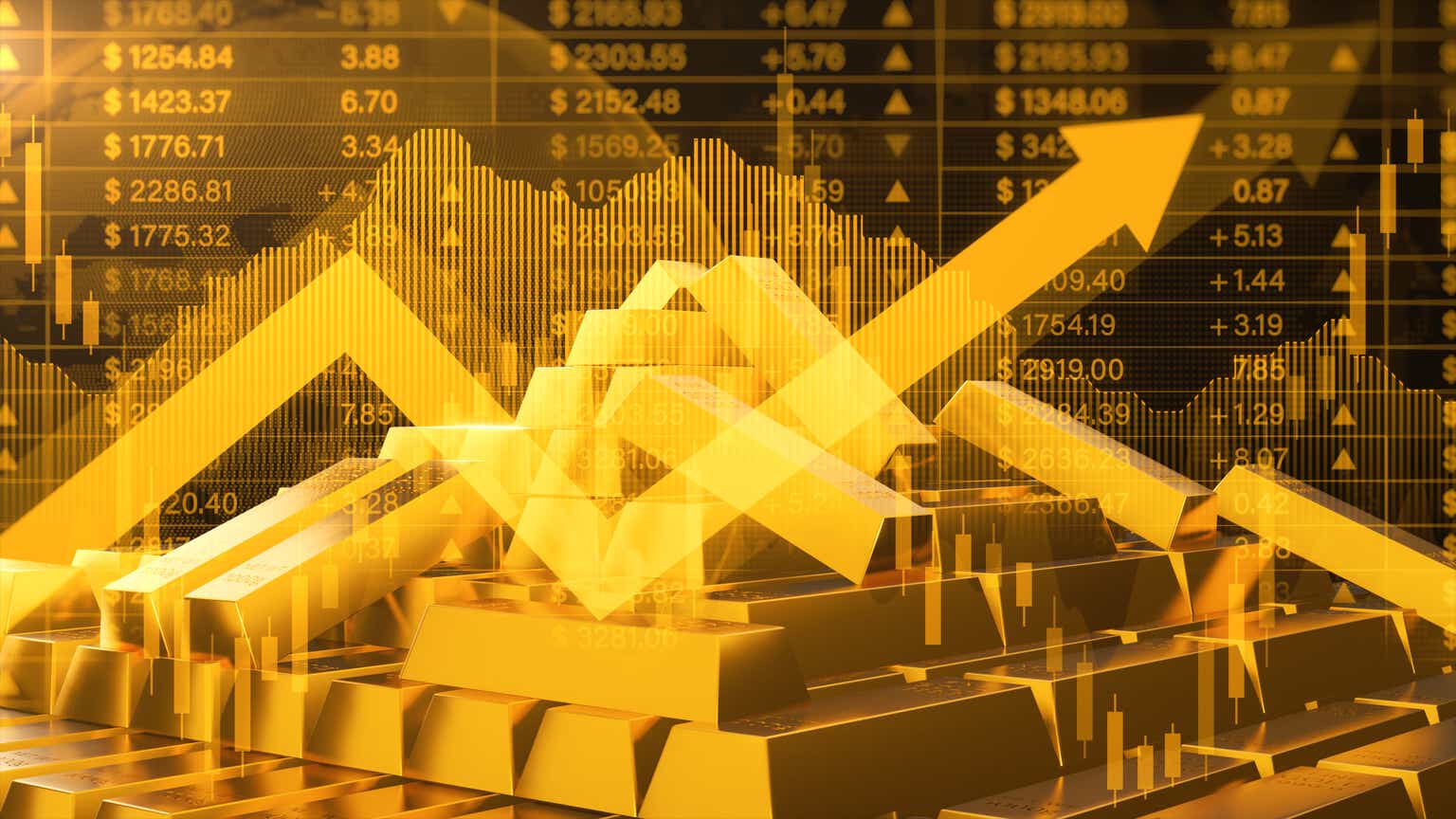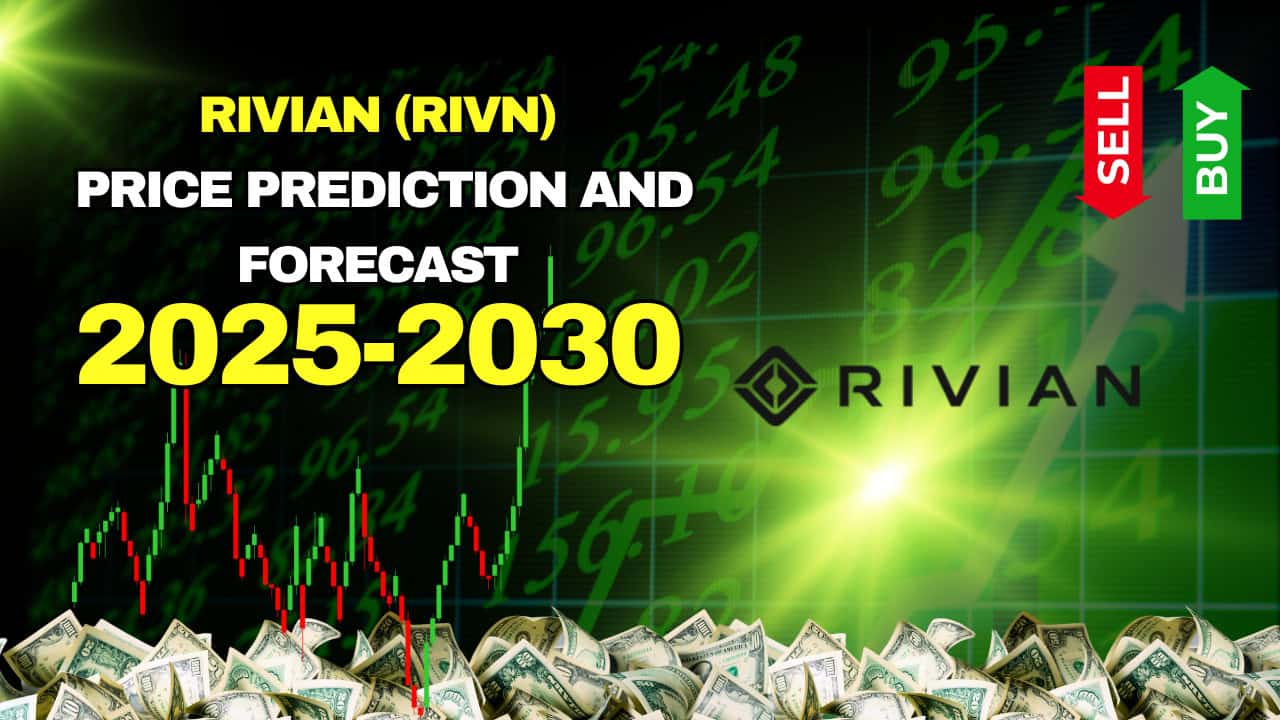Why VYM Could Be the Reliable Dividend ETF You Need
When it comes to dividend investing, not all ETFs are created equal. One dividend ETF at the top of the heap for features like high yield, low cost and risk spreading is the Vanguard High Dividend Yield Index Fund ETF Shares (VYM). Vanguard is famous for its low expense ratios, on which it has built […] The post Why VYM Could Be the Reliable Dividend ETF You Need appeared first on 24/7 Wall St..

Key Points
-
Vanguard’s High Dividend Yield Index Fund ETF Shares (VYM) has a history of delivering a balance of steady income and capital appreciation over the long term.
-
Investors gain exposure to large-cap domestic stocks with track records of returning value to shareholders, albeit with a dose of share price volatility.
-
Are you ahead, or behind on retirement? SmartAsset’s free tool can match you with a financial advisor in minutes to help you answer that today. Each advisor has been carefully vetted, and must act in your best interests. Don’t waste another minute; get started by clicking here.(Sponsor)
When it comes to dividend investing, not all ETFs are created equal. One dividend ETF at the top of the heap for features like high yield, low cost and risk spreading is the Vanguard High Dividend Yield Index Fund ETF Shares (VYM).
Vanguard is famous for its low expense ratios, on which it has built its reputation, mainly through passive investment and index funds. It has also achieved wide diversification through its funds while performing in line with the underlying indexes over long periods of time, resulting in competitive returns. Investors who have stuck with Vanguard’s VYM ETF over the long haul have been rewarded with a steady stream of income and capital appreciation for nearly two decades.
In today’s uncertain economy and volatile stock market, Vanguard’s High Dividend Yield Index Fund ETF has the potential to offer investors a shelter from the storm – if it continues to perform as it has in the past.
Key Points
-
Vanguard’s High Dividend Yield Index Fund ETF Shares (VYM) has a history of delivering a balance of steady income and capital appreciation over the long term.
-
Investors gain exposure to large-cap domestic stocks with track records of returning value to shareholders, albeit with a dose of share price volatility.
-
Are you ahead, or behind on retirement? SmartAsset’s free tool can match you with a financial advisor in minutes to help you answer that today. Each advisor has been carefully vetted, and must act in your best interests. Don’t waste another minute; get started by clicking here.(Sponsor)
Efficient ETF
One of the first metrics to consider when selecting an ETF is the expense ratio. You can think of the expense ratio as the annual fee you’re required to pay investment firms like Vanguard for running the fund. It encompasses costs like management fees, administrative expenses, marketing costs, etc.
The expense ratio is displayed as a percentage of the ETF’s total assets. So if an ETF has an expense ratio of 0.10% attached, you’ll be paying $1 in annual fees for every $1,000 you’ve got socked away in the fund. The industry standard for low-cost ETFs is 0.25%.Vanguard handily clears this bar, boasting an expense ratio of 0.06% on its High Dividend Yield Index Fund ETF (VYM) as of early 2025. According to Vanguard, comparable ETFs in this category tend to carry expense ratios closer to 0.88%.
Vanguard’s efficient expense ratio is more than offset by the generous yield that VYM is known to offer. As of Q2 2025, VYM’s yield hovered at approximately 2.7%. While yields and distributions tend to fluctuate over time, Vanguard has been consistently returning shareholder value to investors with steady checks in the mail each quarter.
VYM Performance & Diversification
The Vanguard High Dividend Yield Index Fund ETF can be depended on to perform in line with its benchmark index. In 2025 this has translated to a year-to-date return of 2.6% as of May 16, 2025 in a volatile market cycle. Performance has been good over the long term, including trailing returns of 10%, 13% and 9% over the past year, five year and 10-year periods, respectively.
When you take the cumulative total return, the performance is even more impressive. Recent data shows VYM’s cumulative total return, including value, dividends reinvested, and holding, is approximately 95.5% over the past five years and 148% over the past decade. Perhaps that’s why it’s made it into the portfolios of major institutional investors. Fintel data shows that institutional investors collectively hold 181,527,379 shares of VYM, as reported in their SEC 13D/G or 13F filings, including Bank of America, Morgan Stanley, Raymond James, and many others.
When investing in any ETF, transparency is key so that you know the level of risk and reward for which you are setting yourself up. VYM gives you exposure to U.S. domestic big-cap stocks across sectors of the economy. The sectors with the greatest weighting include financials at 20.7% followed by healthcare and industrials at roughly 13% each. Technology stocks have a 9.9% weighting, while energy – a popular sector for dividends – is represented at 8.4%.
You’ll recognize many of the stocks that comprise the VYM ETF, as many of them are household names. They include stocks like Broadcom, JPMorgan, Exxon Mobil, Walmart, Procter and Gamble and Home Depot – the common thread of which is their respective dividend payout histories.
Investor Risk and Reward
Vanguard’s VYM ETF is favored by many institutional investors, so it may be a good option for individual investors, too. Given the exposure to high-quality large-cap names that have built reputations as dividend payers, this ETF is designed to offer investors reward without a great deal of risk. While there may be stock price volatility along the way, investors receive income distributions every three months like clockwork.
Vanguard has built a dividend powerhouse with VYM, taking all of the legwork out of the equation for investors. If your risk/reward profile is on the moderate side but still allows for the risk that equities bring to the table, you might want to consider Vanguard’s VYM for your portfolio. In exchange you can expect to receive a steady stream of income, the potential for capital returns and a diversified portfolio. VYM’s mettle has been tested, whether you are saving for retirement or simply looking to generate income while preserving capital and seeking potential equity growth.
The post Why VYM Could Be the Reliable Dividend ETF You Need appeared first on 24/7 Wall St..






































